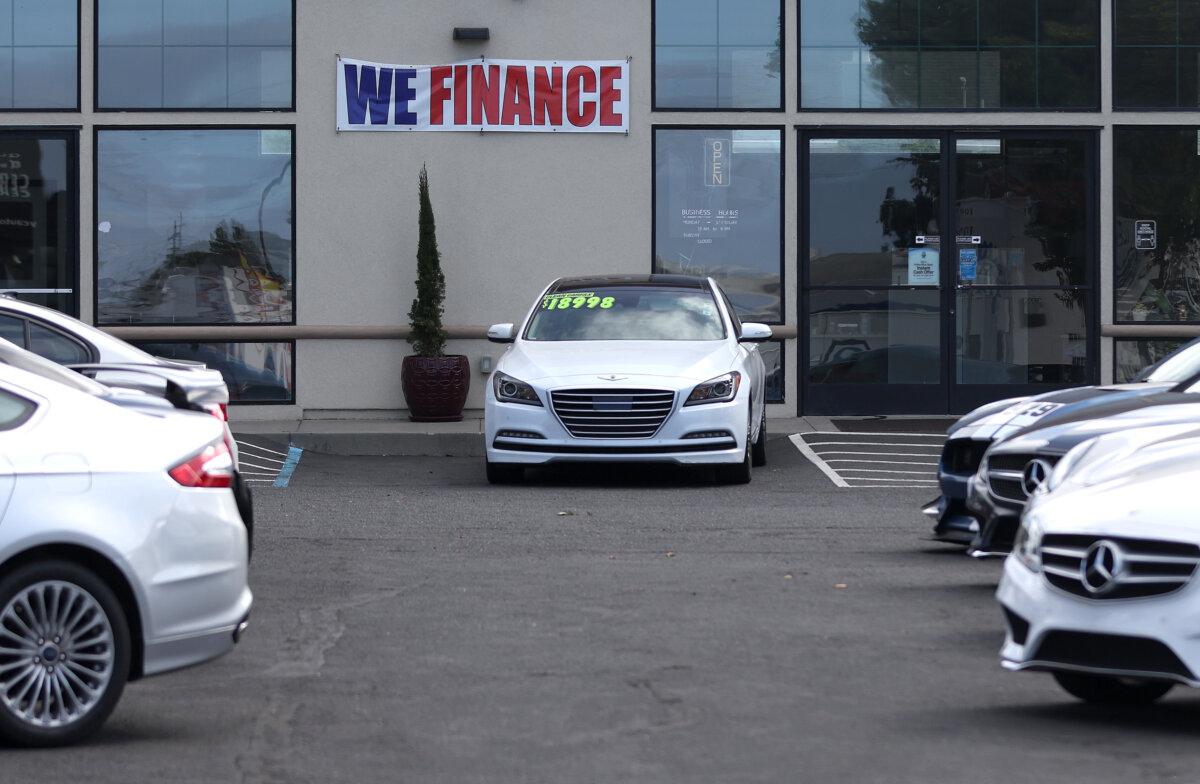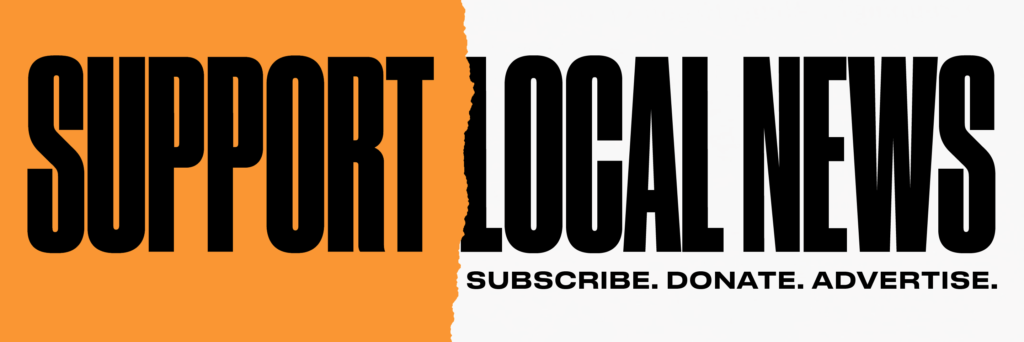By Tom Ozimek
A fresh sign of consumer stress has appeared amid the Federal Reserve’s rapid rate hikes, with Fitch Ratings data showing that car loan defaults have hit their highest level on record.
The percentage of subprime auto borrowers that are at least 60 days past due rose in September to 6.11 percent, a delinquency rate not seen in the history of Fitch’s auto loan 60-plus delinquency index, which started tracking car loan defaults in 1994.
Some experts see the rise in car loan defaults as an ominous sign for the economy.
“Regional bank carnage and recent rise in auto delinquencies to long-term historical highs indicate U.S. economy slowing significantly. Recession in fourth quarter,” Bill Gross, bond trader and founder of Pacific Investment Management Company, said in a post on X.
Mr. Gross’s prediction for an economic contraction comes on the heels of a report from The Conference Board that found that a key forward-looking economic gauge dropped for the 18th consecutive month, signaling a looming recession.
“So far, the U.S. economy has shown considerable resilience despite pressures from rising interest rates and high inflation,” Justyna Zabinska-La Monica, senior manager of business cycle indicators at The Conference Board, said in a statement.
“Nonetheless, The Conference Board forecasts that this trend will not be sustained for much longer, and a shallow recession is likely in the first half of 2024.”
With household debt at a record high of $17.06 trillion and the Federal Reserve poised to hold rates high for “some time”—and possibly raise them further—borrowers are set to suffer more financial stress.
WalletHub analyst Jill Gonzalez told The Epoch Times in a recent emailed statement that, based on WalletHub’s analysis of debt during the Great Recession, “the average household is about $14,339 away from truly having to worry about defaulting.”

Repossessions on the Rise
Separate data from Equifax cited in a recent Cox Automotive report, which looked at auto loan default rates for the entire year, painted a similar picture to Fitch’s data for September.
Subprime auto loan default rates were at 9.1 percent, not far off record highs, according to Cox Automotive.
Meanwhile, default rates for near prime (3.5 percent) and prime (1.7 percent) car loans were higher so far this year than any other year going back to at least 2015, which is as far back as the Equifax data set went.
“While the wholesale market is seeing more normal trends again, there are a lot of clouds out in the marketplace,” Cox Automotive stated in its report. “Interest rates continue to impact consumer sentiment and affordability, and the bond market has pushed rates higher in the past month.”
As car loan delinquencies rise, repossessions are expected to go up as well.
Cox Automotive recently estimated that vehicle seizures would reach 1.5 million this year, up from 1.2 million last year. While that estimate is lower than the 2018 and 2019 levels (1.6 million and 1.7 million, respectively), Cox Automotive analysts expect auto repossessions to reach 1.7 million in 2027 and exceed the recent highs in 2028, with an estimated 1.8 million repossessions.
Faced with decades-high inflation, the Federal Reserve has raised interest rates at its fastest pace since the 1980s, taking the benchmark federal funds rate from near zero in March 2022 to within its current range of 5.25 to 5.5 percent. The fed funds rate has an impact on types of credit, including car loans.
Even though the Fed changes only a single rate—the federal funds rate—this has a direct effect on the interest that consumers pay on all manner of variable-rate loans.
Defaults Climb for Most Household Debt
According to the latest household debt service data from the Federal Reserve, there’s been an increase in the percentage of nearly all types of household loans that have fallen into serious delinquency, defined as 90 days or more delinquent.
Serious delinquency transition rates on mortgage debt rose from 0.44 percent in the second quarter of 2022 to 0.63 percent in the second quarter of 2023.
Also, the percentage of home equity line of credit debt that went into serious delinquency over the same period went from 0.32 percent to 0.44 percent.
But the biggest jumps were in auto loans and credit card debt. Serious delinquency transition rates on auto loans went from 1.81 percent to 2.41 percent.
Credit card debt delinquency transitions went from 3.35 percent to 5.08 percent—an 11-year high.
The only type of household debt for which serious delinquency rates fell was student loans because of the student loan repayment freeze.
(Source: Federal Reserve Bank of New York)
Still, despite the increase in delinquency transition rates (which suggest conditions are souring), the percentage of household loans in serious delinquency has held roughly steady over the duration of the Fed’s rate hikes.
Part of that can be attributed to the fact that the bulk of household debt (roughly 90 percent, according to Moody’s Analytics) is at fixed rates, much of which was locked in before the Fed started hiking rates or before it took them to their current levels.
“Despite the many headwinds American consumers have faced over the last year—higher interest rates, post-pandemic inflationary pressures, and the recent banking failures—there is little evidence of widespread financial distress for consumers,” analysts at the Federal Reserve Bank of New York wrote in a note.
Still, there are signs that household borrowers are losing some of their footing as U.S. lenders are set to write off more bad loans than they have in years.
Data compiled by Bloomberg show that the biggest U.S. banks are poised to write off more bad loans in the third quarter than they have in any quarter since the early days of the pandemic.






